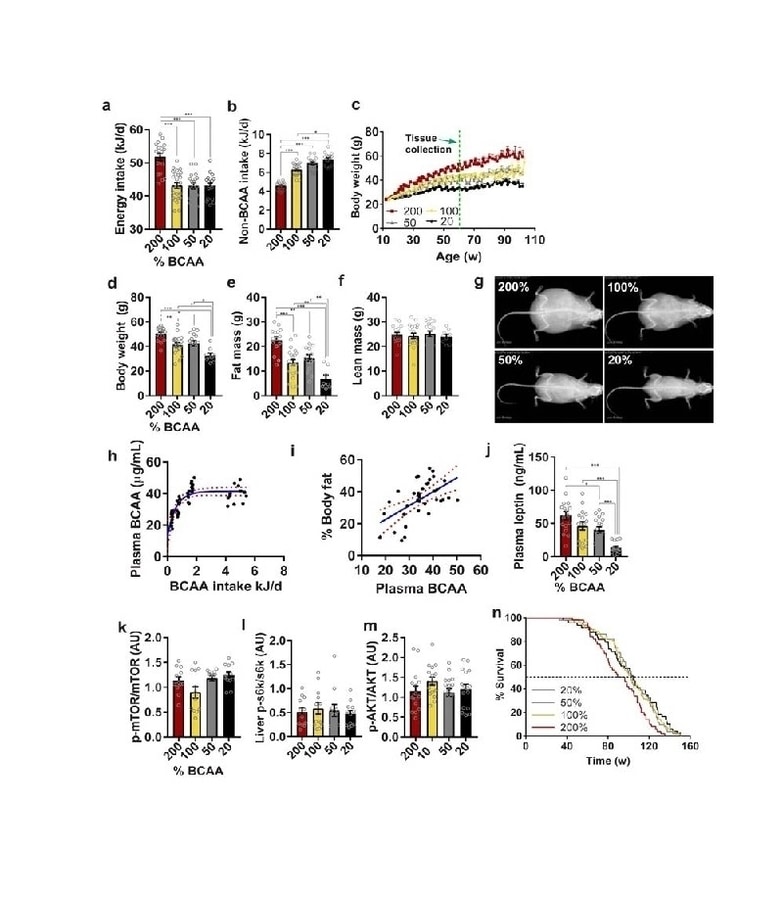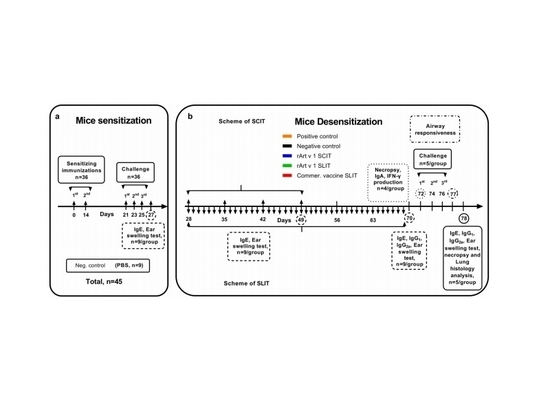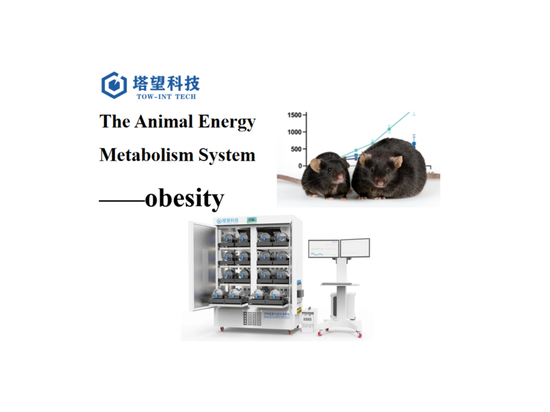
#Industry News
Application Case of Animal Metabolism Monitoring System
Long-term excessive intake of Branched-Chain Amino Acids (BCAAs) can lead to weight gain and shorten lifespan!
Abstract
Elevated levels of Branched-Chain Amino Acids (BCAAs) are associated with obesity and insulin resistance. However, the long-term effects of a BCAA-rich diet on late-life health and lifespan remain unclear. This study reveals that under a fixed-calorie and equal macronutrient diet, long-term intake of a high BCAA diet leads to overeating, obesity, and a shortened lifespan. These effects are not directly caused by elevated BCAA levels or activation of hepatic mammalian target of rapamycin (mTOR), but by changes in the relative ratio of BCAAs to other amino acids (especially tryptophan and threonine) in the diet. An increased ratio of BCAAs to these amino acids promotes overeating and is linked to decreased central serotonin levels. Preventing overeating by restricting calorie intake or pair-feeding can mitigate the health risks associated with a high BCAA diet. Our data emphasize the importance of amino acid balance in energy regulation and suggest that the health problems caused by a high BCAA intake stem not from inherent toxicity, but from amino acid imbalance leading to overeating.
Objective
This study aims to uncover the mechanisms behind the health and lifespan effects of a high BCAA diet on mice.
Material and Methods
Four isocaloric diets (18% total protein, 64% carbohydrates, 18% fats, and 14.3 kcal/g energy content) were used to feed 312 male and female C57BL/6J mice. The protein content and BCAA levels varied: BCAA200 (200%), BCAA100 (standard BCAA content), BCAA50 (50%), and BCAA20 (20%). The ratio of BCAAs to other amino acids varied, but total protein content remained constant. The animal energy metabolism system was used to monitor the mice, measuring oxygen consumption (VO2), carbon dioxide production (VCO2), and food intake. Respiratory exchange rate and energy expenditure (EE) were calculated using standard software.
Result Analysis 1
The study showed that BCAA200 mice exhibited overeating, consuming about 20% more energy than other groups (Fig. 1a). When calculating non-BCAA energy intake, all groups except the BCAA200 group had consistent non-BCAA intake, indicating that the mice over-consumed food to meet their non-BCAA intake target due to the dietary imbalance (Fig. 1b). This compensatory intake led to significant weight gain (Fig. 1c-d). The median lifespan of BCAA200 mice was about 10% shorter than that of other groups, likely due to overeating and obesity (Fig. n). The results suggest that amino acid imbalance leads to overeating and a shorter lifespan.
Result Analysis 2
There were no significant differences in energy expenditure among the groups. The respiratory exchange rate (RER) of the BCAA20 group increased, indicating that the mice mainly used carbohydrates as an energy source. Previous studies have shown that 200% BCAA-fed mice experience binge eating, obesity, liver inflammation, and a reduced lifespan, suggesting that appropriate BCAA intake has a positive impact on health and longevity.
Conclusion
Clinical studies have noted that elevated circulating BCAA levels may be markers of obesity, liver inflammation, insulin resistance, and type 2 diabetes. This study found that a high BCAA diet leads to overeating, obesity, and a shortened lifespan. These outcomes are not directly caused by BCAAs themselves but are primarily due to overeating. Elevated circulating BCAA levels were observed in both metabolically healthy and unhealthy mice, indicating that elevated BCAAs alone cannot predict metabolic dysfunction.
Experimental Setup
To determine metabolic rate, substrate utilization, and activity, 12-16 male and female C57BL/6J mice were individually housed according to their diet and assessed at 15 months of age using a small animal energy metabolism monitoring system. Indirect calorimetry was used after an 8-hour adaptation period to measure VO2 and VCO2 over 48 hours under a 12:12 light-dark cycle at ~22°C. Energy expenditure was expressed in kcal/h.
Tow-Int Tech Animal Metabolism Monitoring System
The energy metabolism control system consists of an environmental cabinet, animal experimental cages, data collection controllers, gas source and filtration components, a computer, and software. It features a floor-standing environmental cabinet with a maximum integration of 64 channels, allowing for continuous respiratory metabolism monitoring of small animals. It also tracks food and water consumption, spontaneous activity, and movement, recording related data for analysis. The system is widely used in research on cardiovascular diseases, insulin resistance, metabolic syndrome, and the relationship between aging and diabetes; metabolic diseases; brain function changes due to neurological damage, epigenetic factors, antibiotic use, and toxin exposure; metabolic demand assessments; thermogenic effects of different foods, drinks, activities, and medications; metabolic phenotype analysis; behavioral studies; nutrition research; livestock studies; and microbiome research.
References
Stephen J. Simpson, et al. Branched-chain amino acids impact health and lifespan indirectly via amino acid balance and appetite control. Nature Metabolism, 2019, 1532-545.





